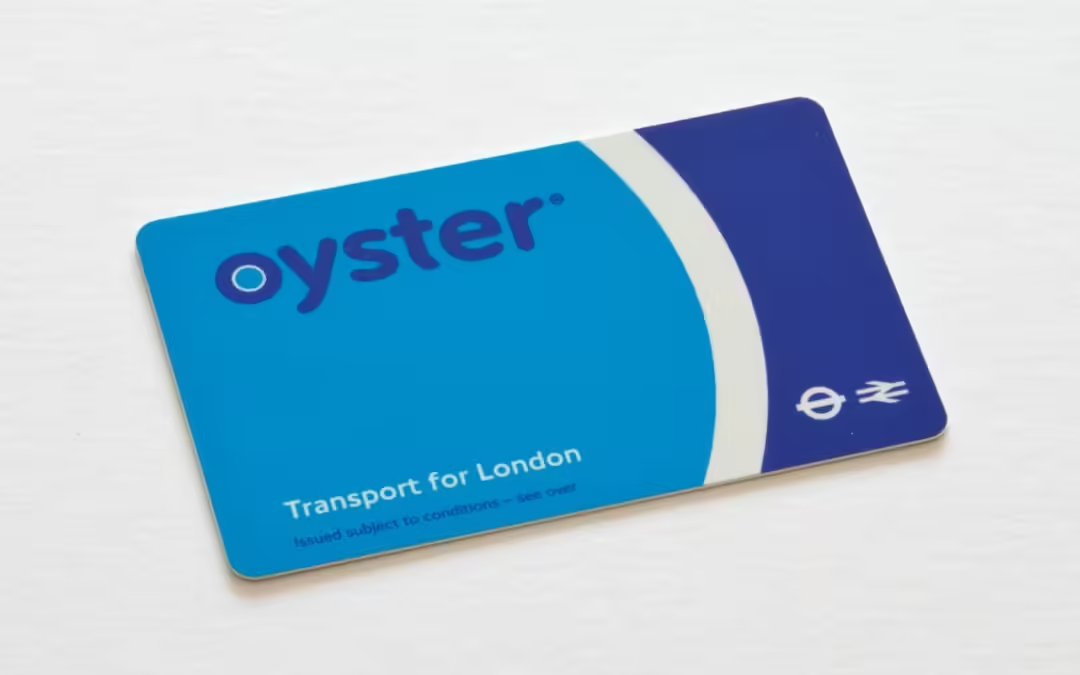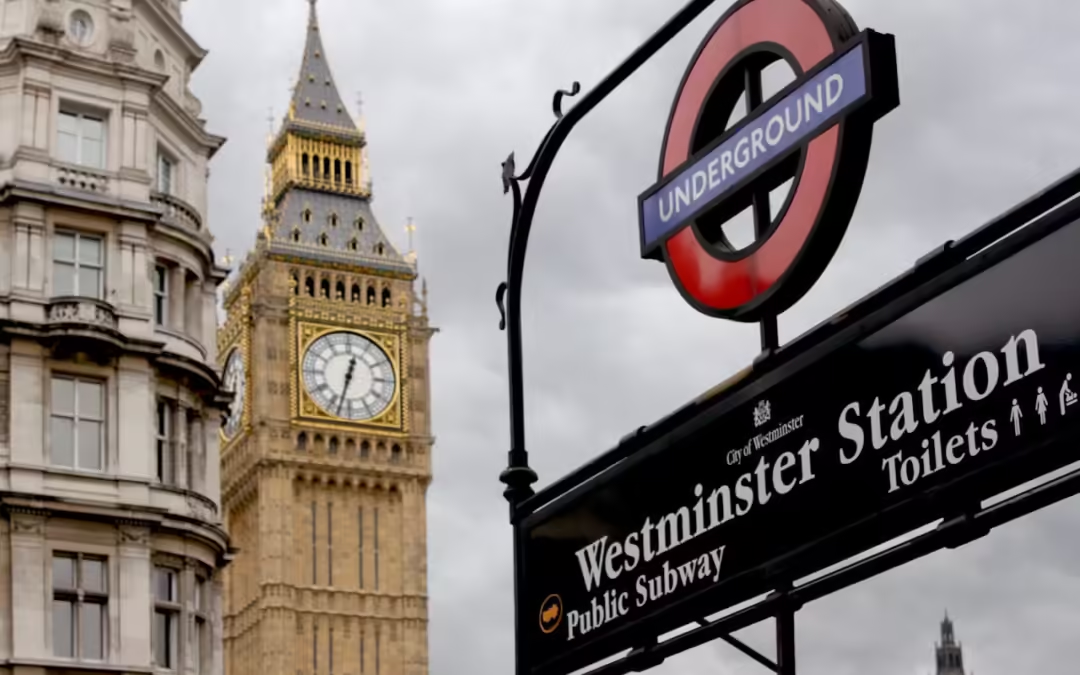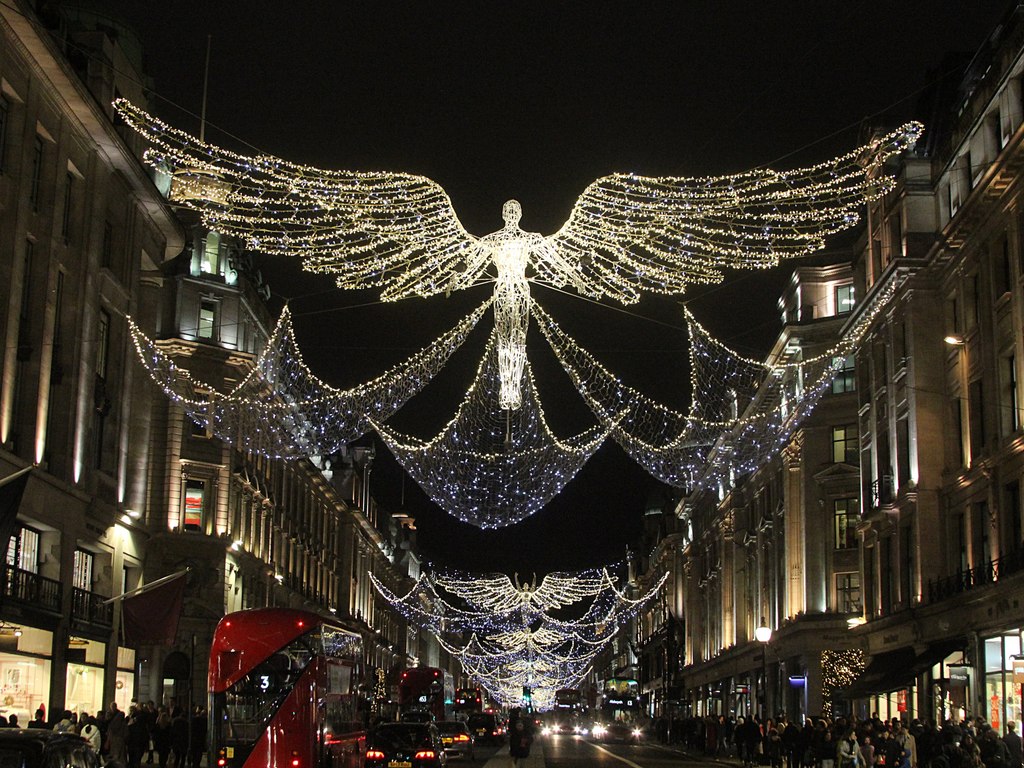
The London Pass: Save on London Attractions with Ease
What is The London Pass?
The London Pass is a convenient, digital sightseeing pass giving you access to over 90 attractions across London. From the iconic Tower of London to a scenic ride on the London Eye, the pass lets you explore London’s best spots with ease. It offers a smart way to see more while saving money and time.
Simply choose the pass duration, from one day up to 10 days, and download it to your phone. When you arrive at an attraction, just scan the pass, and you’re in!
Key Benefits of The London Pass
The London Pass is ideal for tourists looking to make the most of their trip while keeping costs down. Here’s why:
1. Save Up to 50%
Sightseeing in London can be costly, but The London Pass offers significant savings. With up to 50% off individual ticket prices, it’s a budget-friendly way to see the city.
2. Skip the Queues
No one likes waiting in line, especially during peak seasons. Certain attractions, like the Tower of London, allow fast-track entry for London Pass holders, saving precious time.
3. Flexible Cancellation
With a 90-day money-back guarantee, you can cancel the pass if your plans change—provided you haven’t activated it yet.
4. Two-Year Validity
Not planning to visit immediately? No problem. The London Pass is valid for two years from the date of purchase, giving you flexibility if your travel dates are uncertain.
How The London Pass Works
Using the London Pass is simple:
1. Select Your Pass Duration
Choose the number of days you’ll need, from one to 10 days. Remember, the days are consecutive once you activate it, and each day ends at midnight.
2. Download and Activate
Download the pass to your smartphone and activate it at your first attraction. The pass will automatically track your credits as you explore.
3. Scan and Enjoy
At each attraction, scan your digital pass, and that’s it—your credits are applied without the need for cash or cards.
What’s Included?
The London Pass is packed with experiences, allowing you to explore London’s most popular sites. Here’s a sample of what’s available:
• Iconic Attractions: Tower of London, The Shard, and Westminster Abbey.
• Scenic Tours: Thames River Cruise, hop-on-hop-off bus tours, and guided walks.
• Discounts on Shopping and Dining: Some passes even offer deals on souvenirs and meals.
Read more: https://londonpass.com/en/london-attractions
Please note, while the London Pass covers most top attractions, public transportation is not included. For travel, consider adding an Oyster card or purchasing a separate London Travel Card.
How Much Does the London Pass Cost?
The pass price varies based on the duration you choose:
• One-Day Adult Pass: £104*
• Two-Day Adult Pass: Around £144*
• Three-Day Adult Pass: About £169*
* Please always check with the official site for the latest London pass price.
Longer durations offer better value per day, so if you’re planning to see more of London, a multi-day pass could be a good choice.
Read more:https://londonpass.com/en/buy-the-london-pass
Cancellation Policy
Uncertain about your schedule? With the London Pass, you can cancel for a full refund within 90 days if you haven’t activated it. This gives you peace of mind should your travel plans change.
Why Choose The London Pass?
For tourists keen on a well-rounded London experience, The London Pass is a smart option. It not only provides excellent value for money but also allows for a hassle-free way to access multiple attractions. Perfect for those looking to see London’s best without breaking the bank, it’s flexible, convenient, and packed with perks.
For details and up to date information please visit the official site: https://londonpass.com/en









